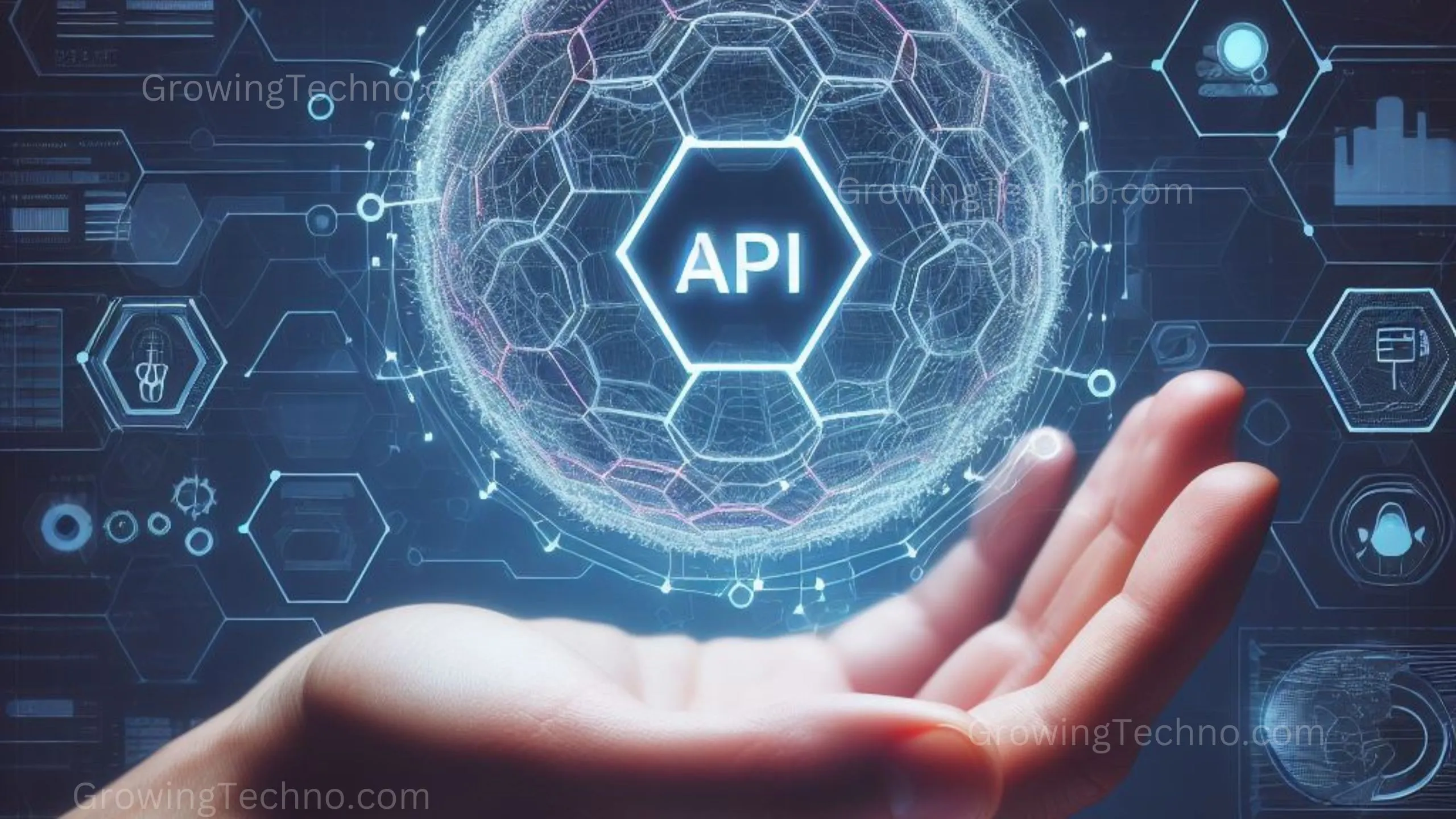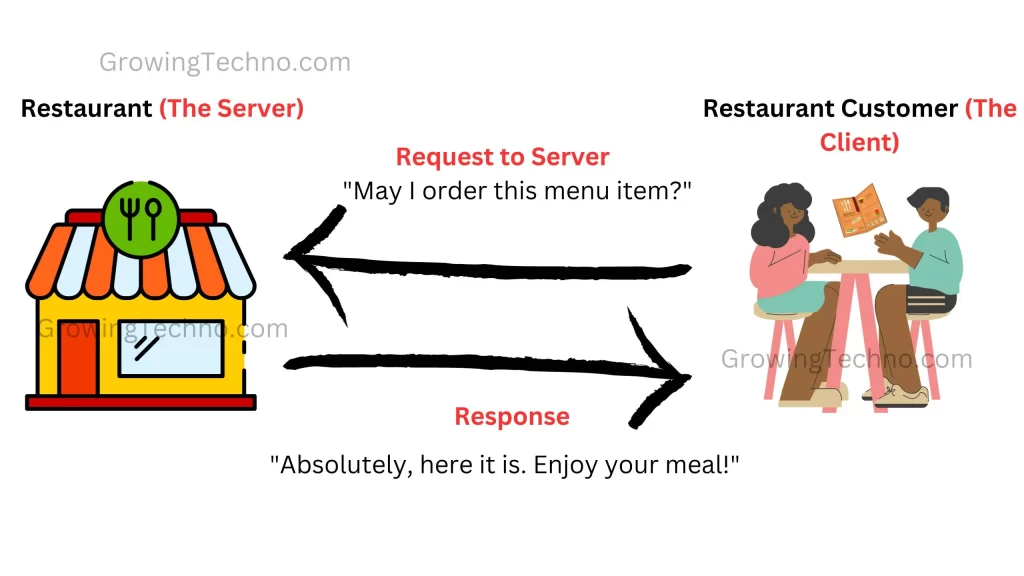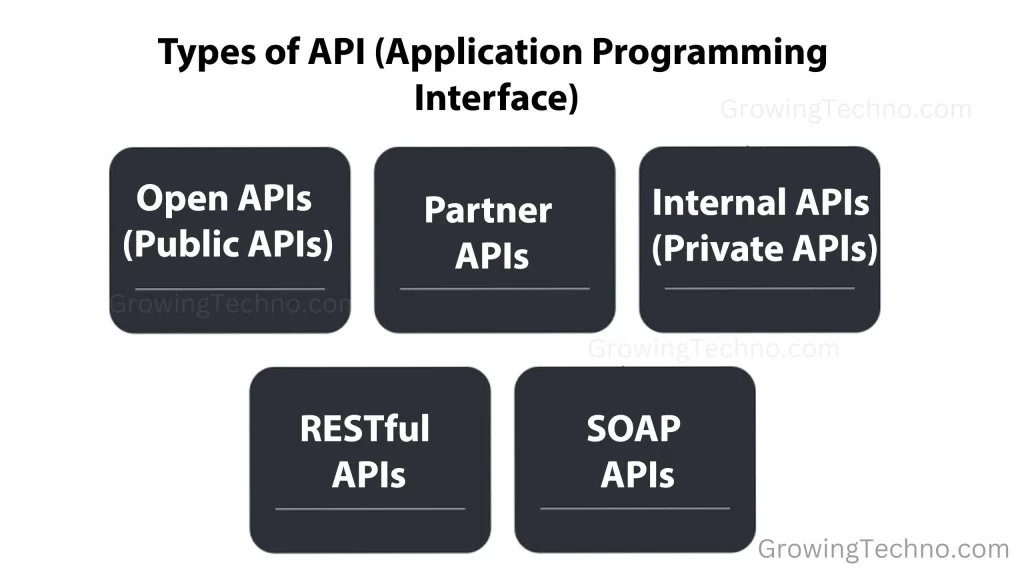
API? It sounds like a techie term, but it’s not as complicated as you might think. In simple words, an API (Application Programming Interface) is like a bridge that helps different computer programs talk to each other. In this easy-to-follow guide, we’ll break down what APIs are and why they matter, without diving into the geeky jargon.
So, What’s an API, Anyway?
Imagine you’re at a restaurant. You sit down and look at the menu to order your favorite dishes. The menu doesn’t show you how the chef prepares the food; it just lists the options. You pick what you want, the kitchen (the system) cooks it, and your meal (data) is served.
APIs are like menus for software. They provide a list of things (operations) you can ask the computer to do. Once you make a request, the API takes it, talks to the computer, and serves you the result you wanted.

Why Do We Need APIs?
The digital world is full of different computer systems, websites, and apps. But these systems don’t always speak the same language. That’s where APIs come in. They translate requests from one system into a language another system can understand.
Here’s why APIs matter:
1. Sharing Information
APIs let different programs share information with each other. For example, when you share a YouTube video on your Facebook page, it’s an API that makes it happen.
2. Adding Features
You can add cool new features to your website or app without building them from scratch. APIs let you plug in existing services like maps, online payments, or social media logins.
3. Automation
APIs make things happen automatically. When you book a flight online, an API talks to airlines, hotels, and more to get you real-time booking info.
4. Real-Time Updates
You can get up-to-the-minute information because APIs connect to sources like weather forecasts or stock market data.
How Do APIs Work?
Consider APIs as the intermediaries that help you and your computer converse without any language barriers. Here’s a step-by-step explanation:
- Request: Think of this as asking a favor from the API. For example, you request the API for the current weather.
- Processing: Now, imagine the API as a skilled translator. It takes your request and transforms it into a language that your computer understands. It’s like converting your “weather request” into a language your computer can use.
- Action: The computer springs into action. It carries out your request, which in this case means fetching the weather information. It’s like your computer goes outside, checks the weather, and comes back with a report.
- Response: Once your computer has the weather details, it packages this information and sends it back. It’s similar to your computer writing the weather conditions down on a piece of paper.
- Result: Now, the weather info you wanted is in your hands, much like the paper with the weather report. You can see the temperature, forecast, and other details you asked for.
Types of APIs
APIs come in various types, each with its unique role. Here’s a closer look:

- Open APIs (Public APIs): These are like public parks open to everyone. Companies like Twitter and Google provide open APIs for anyone to use. It’s like saying, “Come on in, enjoy the park!”
- Partner APIs: Think of these as exclusive clubs. Businesses share partner APIs with specific companies or associates. They’re a bit more private, like a members-only club.
- Internal APIs (Private APIs): Imagine these as secret passages within a big organization. They help different teams work together efficiently, but they’re not accessible to the general public. It’s like having secret hallways within a company building.
- RESTful APIs: These are like standard, widely spoken languages. They’re simple and commonly used, making communication smooth. It’s akin to conversing in plain and understandable English.
- SOAP APIs: Picture these as complex languages used for intricate tasks. They’re often employed in more substantial and complex systems. It’s like delving into the depths of a foreign language that only experts can decipher.
Real-Life Examples
Let’s dive into the everyday magic of APIs. They’re like digital wizards behind the scenes, making sure the digital world works smoothly. Here are some real-life examples:
1. Weather API:
Imagine you want to know if you should carry an umbrella today. When you check the weather on your phone, you’re not asking your phone to predict the weather. Instead, your weather app talks to a weather service using an API. It’s like your app making a call to the weather expert and getting you the day’s forecast.
2. Payment Gateway API:
Ever bought something online using your credit card? It might seem simple, but behind the scenes, a lot happens. The online store needs to make sure you have enough money in your account to complete the purchase. It does this by talking to your bank’s system through an API. It’s like the online store and your bank having a quick, secure chat to make sure your purchase goes smoothly.
3. Social Media Sharing API:
Have you ever shared an exciting article or a funny video on your Facebook timeline? When you click that “Share” button, the website you’re on talks to your Facebook account using an API. It’s like the website sending a message to your Facebook page, saying, “Hey, share this cool link!” This way, your post lands on your social media for your friends to see.
4. Google Maps API:
Planning a road trip or just finding the best way to reach a new place? Google Maps comes to the rescue, thanks to an API. It’s like asking a map expert for the quickest route. Google Maps uses an API to give you real-time traffic updates and the best path on different apps and websites. It’s like having a personal map guide in your pocket.
5. E-commerce API:
When you shop online and get recommendations, it’s often thanks to APIs working behind the scenes. These APIs handle a bunch of tasks, from managing inventory to processing payments. They also use your browsing history to suggest products you might like. It’s like having a helpful store assistant who knows your preferences and helps you find the perfect products.
Security, The Guardian of Your Data
While APIs are fantastic for connecting things and making our digital lives easier, they can also raise security concerns. Developers are like digital security guards, working hard to ensure APIs are secure and protect your data and privacy.
Authentication: This is like having a secret code or password to make sure you are who you say you are. It’s the same as needing your fingerprint or a PIN to unlock your phone.
Encryption: Think of encryption as turning your message into a secret code before sending it. Only the intended receiver can unlock and read it. It’s like sending a letter in a locked box that only the recipient has the key to.
These security measures are in place to keep your information safe while still allowing the digital world to run smoothly. So, while you enjoy the convenience of APIs in your daily life, know that there are diligent protectors working behind the scenes to ensure your data remains private and secure.
In a Nutshell
APIs are like digital messengers, making sure different computer programs can work together smoothly. They help you share, add features, automate tasks, and stay updated. So, the next time you check the weather on your phone or share a cool post on social media, remember, that APIs are the unsung heroes behind the scenes making it all happen.
Found this helpful? Share the wisdom!
















